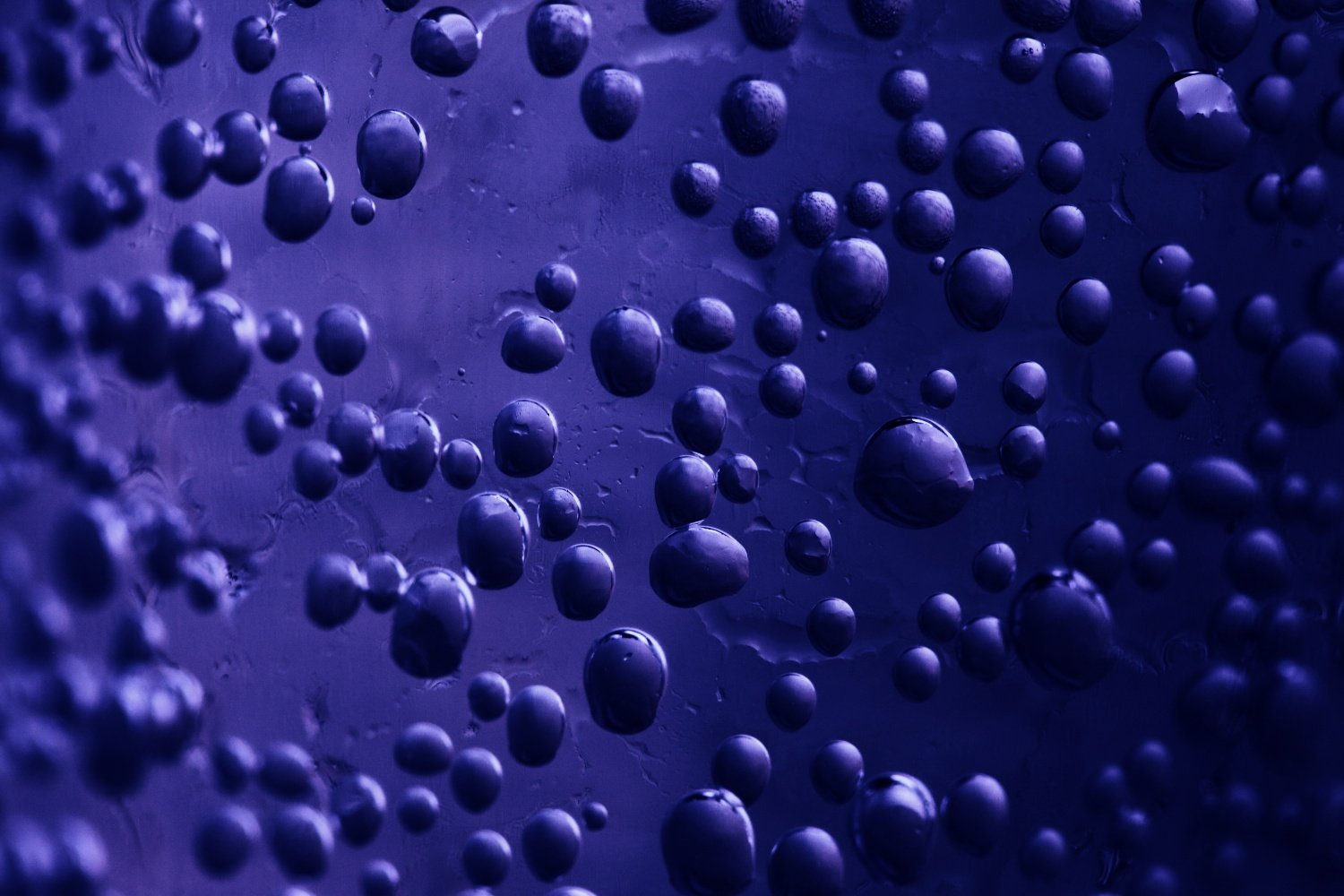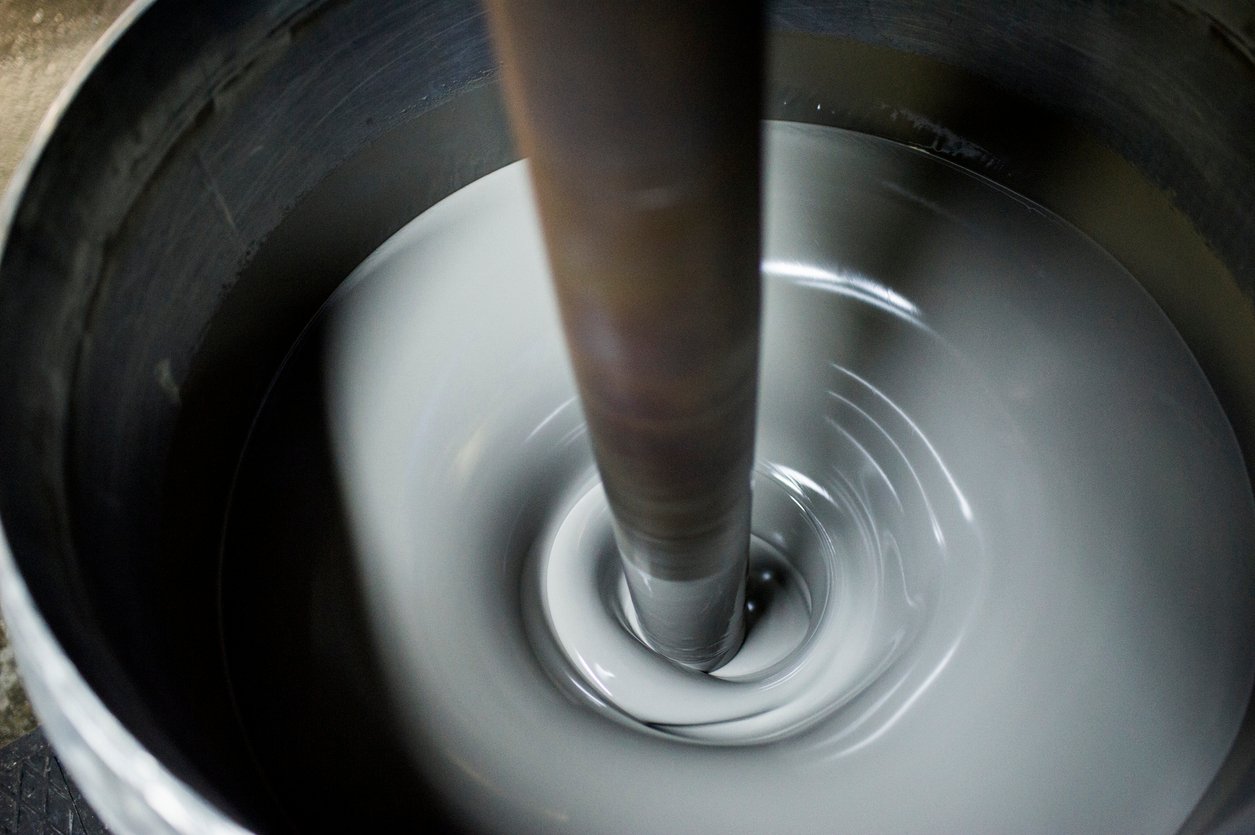Why the Measure of Viscosity Matters in Cosmetics
Have you ever wondered why your favorite lip balm stays put while your body mist sprays so smoothly? The secret lies in viscosity – the measure of a...

Access MXD Process resources including blogs, technical guides, manuals, and maintenance tips—everything you need to optimize, troubleshoot, and expand your process knowledge.
Discover who we are, the industries we serve, and the trusted brands behind our process equipment and environmental solutions. Learn how our team brings precision, innovation, and reliability to every project.
Ever wonder why some liquids flow effortlessly like water while others resist movement like thick honey? The way fluids behave isn’t just fascinating — it’s key in manufacturing and industrial processes.
Understanding rheological properties can mean the difference between smooth operations and costly inefficiencies. Whether you’re mixing, pouring, or handling fluids, the science of rheology holds the key to optimizing efficiency, improving product quality, and solving common production challenges.
In this guide, we’ll dive into the world of rheology, breaking down its key concepts, exploring how rheological properties are measured, and showing how this knowledge can transform your operations. Ready to discover the secrets of fluid behavior and unlock better results?
Rheological properties define how materials flow and deform when subjected to stress or force. These characteristics are key for determining optimal processing conditions, selecting appropriate equipment, and predicting material behavior during manufacturing operations. The viscosity of liquids represents one of the most important rheological properties, directly influencing mixing efficiency, pumping requirements, and coating applications.
Matter exists in three primary states: solids, liquids, and gases. Each state exhibits unique flow and deformation behaviors that impact industrial processing:
Understanding these fundamental differences helps engineers select appropriate handling methods and equipment for specific materials.
The term rheology originates from the Greek word "rheos," meaning "stream." Rheology encompasses the study of flow and subsequent deformation of matter under applied forces. In industrial settings, the definition of rheological properties includes understanding how materials respond to mixing, pumping, and processing operations.
Properties of rheology directly influence:
Several key factors influence these rheological properties:
Rheology categorizes fluids into two primary classifications based on their response to applied shear forces.
Newtonian fluids follow Newton's law of viscosity, maintaining a constant viscosity regardless of applied shear rate at a given temperature. The ratio between shear stress and shear rate remains steady, making these materials predictable and easy to process.
Common examples include:
Due to their consistent behavior, Newtonian fluids are easier to measure and process, though they represent a minority of industrial materials.
Most industrial liquids exhibit non-Newtonian behavior, where viscosity changes with applied shear rate. These materials require careful consideration of processing conditions, as their apparent viscosity depends entirely on specific operating parameters.
Non-Newtonian fluids are further classified into specialized categories:
Power law fluids change viscosity based on applied shear forces:
Pseudoplastic behavior is the most common type of non-Newtonian fluid behavior in industrial applications, particularly beneficial for mixing operations as materials become easier to process under agitation.
These materials exhibit viscosity changes over time when subjected to constant shear:
Thixotropic materials can initially show high viscosity readings that may not represent their true processing behavior, requiring careful measurement protocols.
Four critical characteristics define fluid rheological properties for industrial mixing and processing applications:
Liquid viscosity is typically measured using rotating spindle viscometers. These instruments calculate the torque required to rotate a spindle at specific speeds (RPM) within the fluid sample. The measured internal resistance provides viscosity values essential for:
The Shear Thinning Index (STI) quantifies material stiffness and flow behavior under varying shear conditions. Materials are rated on a scale of 1-5:
This index helps engineers predict mixing requirements and select appropriate agitation systems.
Dispense rate testing evaluates how materials flow under controlled conditions by varying:
This data is crucial for coating applications, filling operations, and material transfer system design.
For highly thixotropic materials, sag resistance testing measures flow behavior when applied to vertical or inclined surfaces.
This property is significant for:
Understanding rheological properties enables optimization of industrial mixing processes:
|
Category |
Considerations |
|
• Impeller selection based on fluid viscosity and shear sensitivity • Power requirements calculated from rheological data • Mixing time optimization using flow behavior characteristics |
|
|
Process Control |
• Temperature management to maintain optimal viscosity • Shear rate control to prevent material degradation • Flow monitoring for consistent product quality |
|
Equipment Selection |
• Pump sizing based on viscosity profiles • Piping design considering pressure drop calculations • Heat exchanger specification using thermal and flow properties |
The rheological properties definition encompasses the fundamental understanding of how materials flow and deform under various processing conditions. For materials scientists, engineers, and technicians working in manufacturing environments, mastering these concepts is key to optimizing processes, selecting appropriate equipment, and ensuring consistent product quality.
The viscosity of liquids and their flow characteristics have a direct impact on mixing efficiency, energy consumption, and the final product's performance. By understanding the properties of rheology and implementing proper measurement techniques, industrial professionals can make informed decisions that improve process reliability and reduce operational costs.
Whether working with simple Newtonian fluids or complex non-Newtonian materials, a thorough understanding of rheological properties provides the foundation for successful industrial operations and innovative product development.
Partner with MXD Process today to leverage our expertise in fluid dynamics and advanced processing solutions. Together, we can optimize your operations and bring your product ideas to life.
(Editor's Note: This article was originally published in June 2017 and was recently updated.)
.jpg)
Have you ever wondered why your favorite lip balm stays put while your body mist sprays so smoothly? The secret lies in viscosity – the measure of a...

The most simple definition of viscosity is – a measurement that describes a fluid's resistance to flow. Or, even more simply: liquid viscosity is a...

Ever wonder how industries keep up with the huge demand for everyday products? Industrial mixers are a big part of the answer. Whether it’s food,...